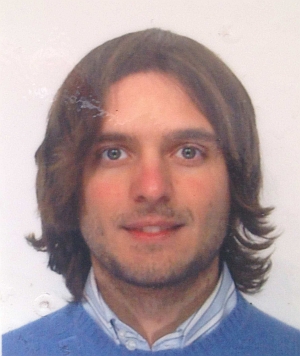TALK Design of Active Inputs for Set-Based Fault Diagnosis
Date released: September 6, 2013
-
TALK Design of Active Inputs for Set-Based Fault Diagnosis Date & Time:
Friday, September 6, 2013; 12:00 PM
-
Abstract:
Although there are many fault diagnosis algorithms available, there has been very little work on the design or modification of control inputs with the aim of increasing the detectability and isolability of faults. The use of such inputs has clear potential for overcoming a central difficulty in fault detection, which is to distinguish the effects of faults from those of disturbances, process uncertainties, etc. Accordingly, the use of active inputs could be a transformative technology in industry, provided that such inputs can be computed reliably and efficiently.
This presentation discusses new methods for computing active inputs that guarantee that the input-output data of a process will be sufficient to correctly identify a fault from a given library of possible faults. This problem is inherently nonconvex and has a combinatorial dependence on the number of faults considered. To address this, a new formulation is considered, along with related approximations, that is amenable to efficient solution using standard optimization packages (e.g. CPLEX). The theoretical contributions combine ideas from reachability analysis, set-based computations, and optimization theory to exploit detailed problem structure and thereby manage the problem complexity. Comparisons with an existing method show that the proposed formulation provides a dramatic reduction in the required computational effort. -
Speaker:
Dr. Davide M. Raimondo
University of Pavia, Italy Davide M. Raimondo was born in Pavia, Italy, in 1981. He received the B.Sc. and M.Sc. in Computer Engineering, and the Ph.D. in Electronic, Computer Science and Electric Engineering from the University of Pavia, Italy, in 2003, 2005, and 2009, respectively. As a Ph.D. student he held a visiting position at the Department of Automation and Systems Engineering, University of Seville, Spain. From January 2009 to December 2010 he was a postdoctoral fellow in the Automatic Control Laboratory, ETH Z?rich, Switzerland. From March 2012 to June 2012 and from August 2013 to September 2013 he was visiting scholar in Prof. Braatz Group, Department of Chemical Engineering, MIT, USA. Since December 2010 he is Assistant Professor at University of Pavia, Italy.
Davide M. Raimondo was born in Pavia, Italy, in 1981. He received the B.Sc. and M.Sc. in Computer Engineering, and the Ph.D. in Electronic, Computer Science and Electric Engineering from the University of Pavia, Italy, in 2003, 2005, and 2009, respectively. As a Ph.D. student he held a visiting position at the Department of Automation and Systems Engineering, University of Seville, Spain. From January 2009 to December 2010 he was a postdoctoral fellow in the Automatic Control Laboratory, ETH Z?rich, Switzerland. From March 2012 to June 2012 and from August 2013 to September 2013 he was visiting scholar in Prof. Braatz Group, Department of Chemical Engineering, MIT, USA. Since December 2010 he is Assistant Professor at University of Pavia, Italy. -
MERL Host: